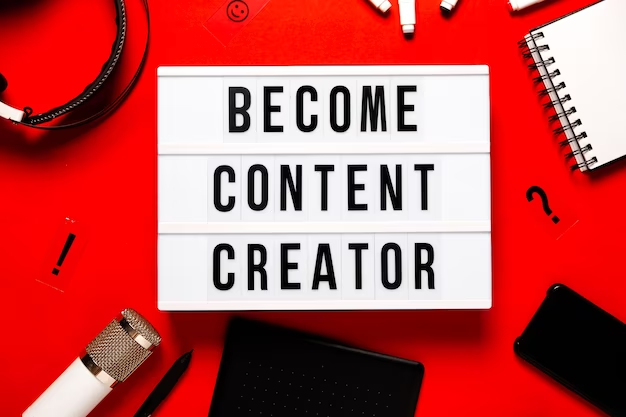As B2B marketers, we all know that creating high-quality content takes significant time, effort, and resources. So, when your content doesn’t deliver the expected results, it can be frustrating—especially when you’re not sure why it missed the mark with your audience.
In this post, we’ll take a step back and look at the entire content creation process—from idea generation to distribution—and identify five common obstacles that can prevent your content from achieving maximum ROI. We’ll also share practical solutions to help you overcome these challenges and drive better engagement.
1. You Don’t Have Enough Data or Insight About Your Audience
One of the biggest mistakes B2B marketers make is assuming they know what their audience wants without truly understanding it. If you’re creating content based on what you think your customers need, rather than what they’re actually searching for or valuing, your content is likely to fall flat.
The fix: Conduct thorough research to understand your audience’s pain points and needs. Focus on what they care about and make sure your content addresses those areas. If your organization tends to focus heavily on product features, it might be time to shift to a more customer-centric approach, grounded in real data. By relying on insights, you can craft messages that resonate and drive deeper engagement.
2. You Haven’t Educated Potential Customers Early Enough
Research shows that buyers are more likely to engage with brands that educate them during their research phase—well before they’re ready to make a purchase. If your content only kicks in once a buyer is already deep into their decision-making process, you’re missing a big opportunity.
The fix: Build a library of valuable educational content that potential buyers can access early on in their journey. Tailor your content to the buyer’s stage in the process—whether they’re just starting to explore solutions or evaluating vendors. The more helpful and informative you can be, the more likely buyers are to consider your brand when it comes time to make a decision.
3. You’re Not Targeting All Key Decision-Makers
Content that speaks only to the end-users of your product (e.g., IT admins) is important, but it’s not enough. The buying decision often involves multiple stakeholders, from IT leadership to business executives. Each of these decision-makers has different concerns and priorities, so your content needs to address their unique needs.
The fix: Create a diverse set of content aimed at different roles within the buying team. For example, you might create technical content for IT staff and more strategic, ROI-focused content for business leaders. Using third-party validation or case studies can also help prove the business impact for each stakeholder group, making it easier for them to justify a purchase.
4. You’re Overlooking Key Distribution Channels
It’s easy to stick to the content distribution channels you’re most comfortable with—your website, email, and social media. But if you limit yourself to these, you could be missing out on where your target audience is actually spending their time.
The fix: Expand your distribution strategy. Look beyond your website to where buyers are actively searching for solutions and participating in discussions, whether that’s on niche forums, third-party platforms, or industry-specific communities. Consider leveraging different formats like videos, webinars, or podcasts to meet your audience where they prefer to consume information.
5. Your Content Doesn’t Meet Internal Team Needs
Creating content that resonates with your audience is only part of the equation. It’s equally important that your content is useful for the internal teams who will be using it. Sales, customer success, and marketing teams need access to content that aligns with your messaging and supports their specific goals.
The fix: Ensure that all teams are aligned around the content strategy and have access to the right materials. Create a content framework that maps out what content is available for different teams and at various stages of the buyer’s journey. This ensures that everyone—from sales reps to customer success managers—can use content effectively to engage prospects and customers.
Building an effective content strategy takes time and effort, but getting it right will pay off in the long run. By addressing these common pitfalls, you’ll be able to create content that connects with your audience, drives engagement, and delivers measurable ROI. And remember, you don’t have to do it all in-house—consider outsourcing parts of the process, like market research or content creation, to experts who can help you overcome some of these challenges more efficiently.


